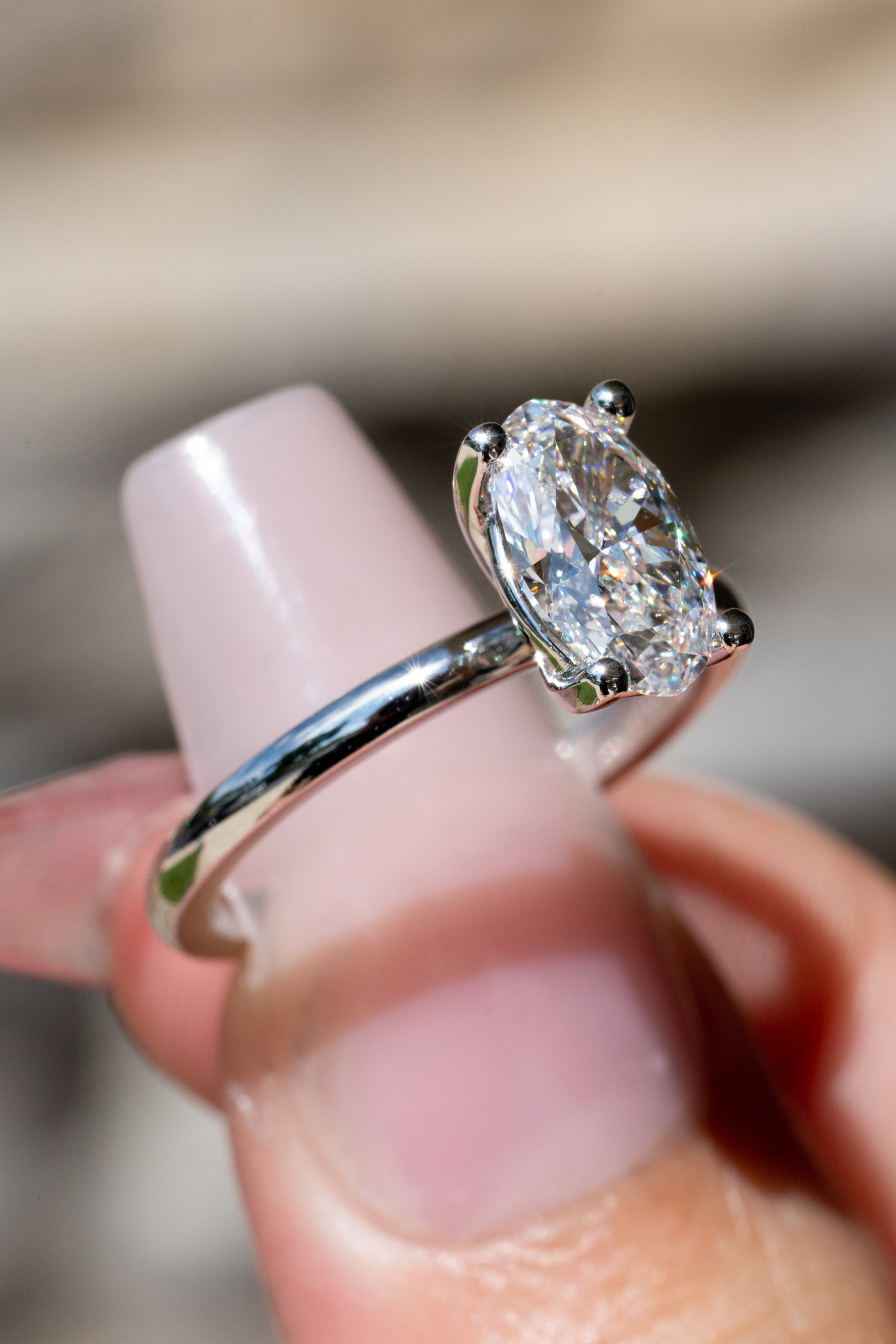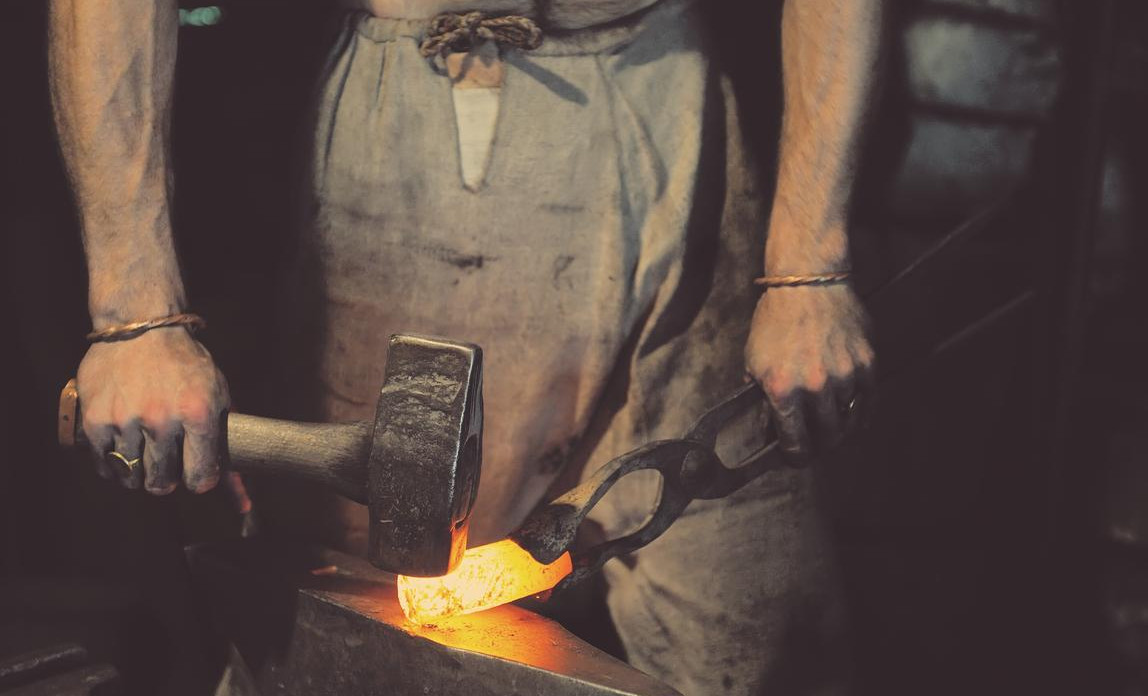Table of Contents
Understanding Diamond Ring Prongs: A Comprehensive Guide
When it comes to the world of fine jewelry, diamond rings stand as timeless symbols of elegance, love, and commitment. Yet, beneath their dazzling facade lies a critical component that often goes unnoticed—the diamond ring prong. In this comprehensive guide, we delve into the intricate world of 다이아반지 프롱이란, uncovering their significance, types, functions, and maintenance requirements.
Deciphering the Anatomy of a Diamond Ring Prong
What Exactly Are Diamond Ring Prongs?
Diamond ring prongs, also known as claws, are small metal projections that secure the precious gemstone in place within the ring’s setting. Serving as both functional and aesthetic elements, prongs play a pivotal role in enhancing the brilliance and allure of the diamond while ensuring its stability.
The Purpose of Diamond Ring Prongs
The primary function of diamond ring prongs is to secure the gemstone firmly in place within the setting, preventing it from becoming loose or dislodged. Additionally, prongs elevate the diamond above the band, allowing maximum exposure to light, which enhances its sparkle and brilliance.
Exploring the Different Types of Diamond Ring Prongs
Common Prong Styles
- Four-Prong Setting: Also known as the solitaire setting, this classic design features four prongs that cradle the diamond at its corners, allowing for maximum light exposure and showcasing the diamond’s brilliance.
- Six-Prong Setting: Offering enhanced security and stability, the six-prong setting utilizes additional prongs to hold the diamond in place, ideal for larger or more delicate stones.
- Bezel Setting: Unlike traditional prong settings, the bezel setting encases the entire circumference of the diamond with a metal rim, providing unparalleled protection and a sleek, modern aesthetic.
- Channel Setting: In this style, the prongs are integrated into the band itself, creating a smooth, continuous look while securely holding multiple diamonds in place.
Maintaining Diamond Ring Prongs: Tips for Longevity
Regular Inspection
To ensure the ongoing integrity of your diamond ring prongs, it is essential to regularly inspect them for signs of wear or damage. Look for any loose or bent prongs that may compromise the security of the diamond.
Professional Maintenance
Periodically, seek the expertise of a professional jeweler to clean and tighten the prongs as needed. Professional maintenance not only preserves the aesthetic appeal of the ring but also safeguards the precious gemstone against potential loss or damage.
Protective Storage
When not adorning your finger, store your diamond ring in a soft cloth pouch or jewelry box to prevent scratching or tangling with other pieces. Avoid storing diamond rings haphazardly to minimize the risk of prong damage.
Conclusion: Elevating Your Diamond Ring Experience
In conclusion, diamond ring prongs play a pivotal role in enhancing the beauty, security, and longevity of your cherished piece of jewelry. By understanding the anatomy, types lab made diamonds, and maintenance requirements of diamond ring prongs, you can elevate your diamond ring experience to new heights of elegance and sophistication.


:max_bytes(150000):strip_icc():format(webp)/blue-solar-panels-1226088001-cee91a7ba920447280aed1d081b44859.jpg)

